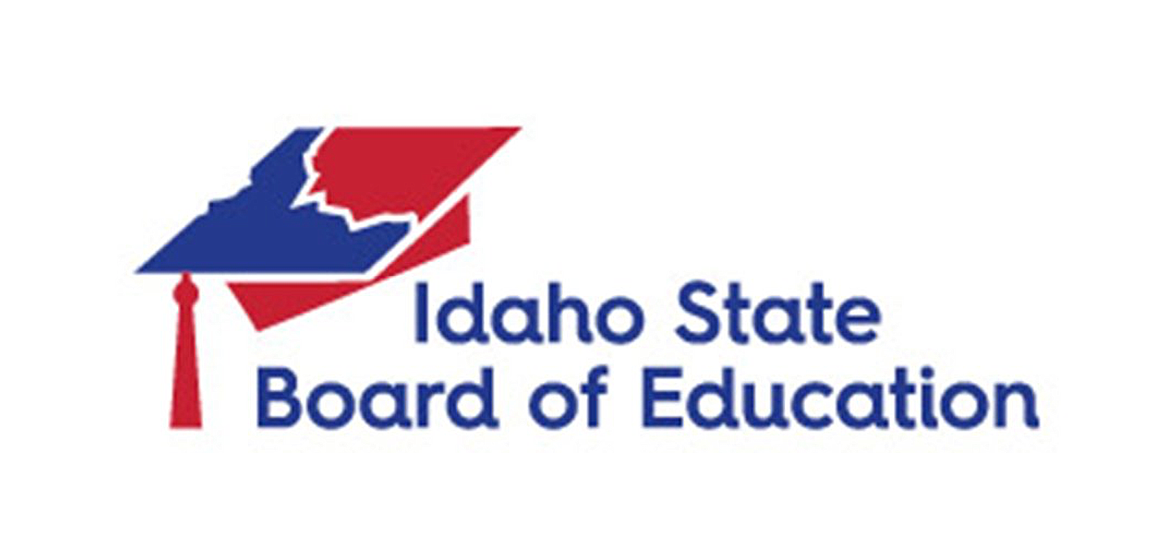SBOE releases school re-entry criteria
The Idaho State Board of Education released their highly anticipated re-entry criteria for school districts during their monthly meeting on Thursday morning.
The criteria comes one day after Idaho Gov. Brad Little extended his stay-home order to the end of April, but with allowances for certain “non-essential” businesses to begin practicing delivery and curbside pickup methods.
The criteria was broken down to four points, but some of the points had additional explanations.
No statewide or local social distancing restrictions, including stay-home orders or extensive closures of businesses are in place.
The peak of the state infection curve has passed, as determined by the State Department of Health and Welfare, and a minimum of 14 days have passed from the identified peak. In those instances where local community spread has occurred, the local infection curve will be evaluated for determining the 14 consecutive days. School districts and charter schools located in counties that have experienced no community spread at the time state restrictions are lifted may have the 14 consecutive days criteria waived with approval by the local public health district.
Approval by the local public health district, after review of school district and charter school cleaning and disinfection protocols.
Re-entry plan approved by the local board of trustees identifying minimum school protocols
“It goes without saying it doesn’t force a district or charter or school to do anything,” Greg Wilson, Gov. Brad Little’s education adviser, said during the meeting. “Rather, it provides a clear process out of a soft closure into normal operations for those districts who are thinking about doing it this school year.”
One of the major additions to the criteria is that each district must also put in place an absentee plan for students and staff who don’t want to return to a reopened school.
The SBOE didn’t outline what those must plans look like, believing that it should be up to each district, but every school district must identify and plan for vulnerable teachers and students, including those who are considered “at-risk” (over 60 and those with medical issues).
Each school must also plan for students who have parents that may be uncomfortable with their children returning to school.
Upon hearing the SBOE’s criteria, Kellogg School District Dr. Nancy Larsen reaffirmed her district’s position of patience and calculated decision-making before anything changes.
“As we've done for the last month, it's still one day at a time,” Dr. Larsen said. “There are so many ‘ifs’ in the return to school plan, balanced that with our calendar, it will be a difficult decision. We are currently drafting return plans which we will present to the board, along with the SBOE information and the governor's restrictions on the 22nd. Our board is also concerned about making the best decisions – we want kids in school, but we also want them to be healthy.”

